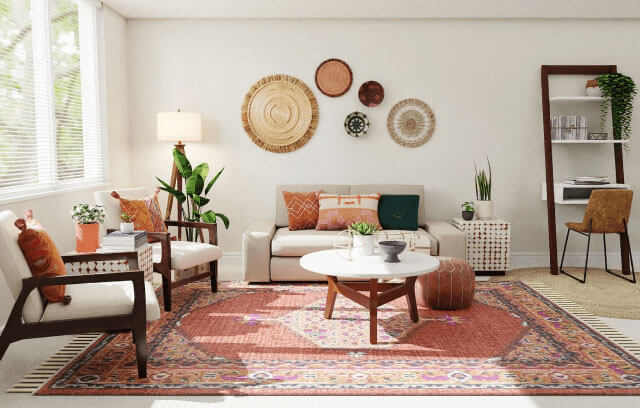
BY ADMIN 23 May 2024
The Importance of Sustainable Architecture
At Shubh Architect, we believe that architecture isn't just about structures—it's about responsibility. As the best architect in Jaipur, we are committed to designing buildings that not only inspire but also preserve our environment.
Sustainable architecture focuses on reducing the environmental impact of buildings through energy-efficient designs, eco-friendly materials, smart water management, and sustainable construction practices. It helps conserve natural resources, lowers energy bills, and creates healthier living spaces for people.
From incorporating natural lighting and ventilation to using green roofs and solar systems, Shubh Architect integrates sustainability into every phase of design and construction. Our goal is to create spaces that serve today without compromising tomorrow.
Choose Shubh Architect for eco-conscious, innovative, and future-ready architectural solutions.
Sustainable Architecture Jaipur, Eco-Friendly Architect in Jaipur, Green Building Design, Best Architect in Jaipur, Shubh Architect Sustainability



